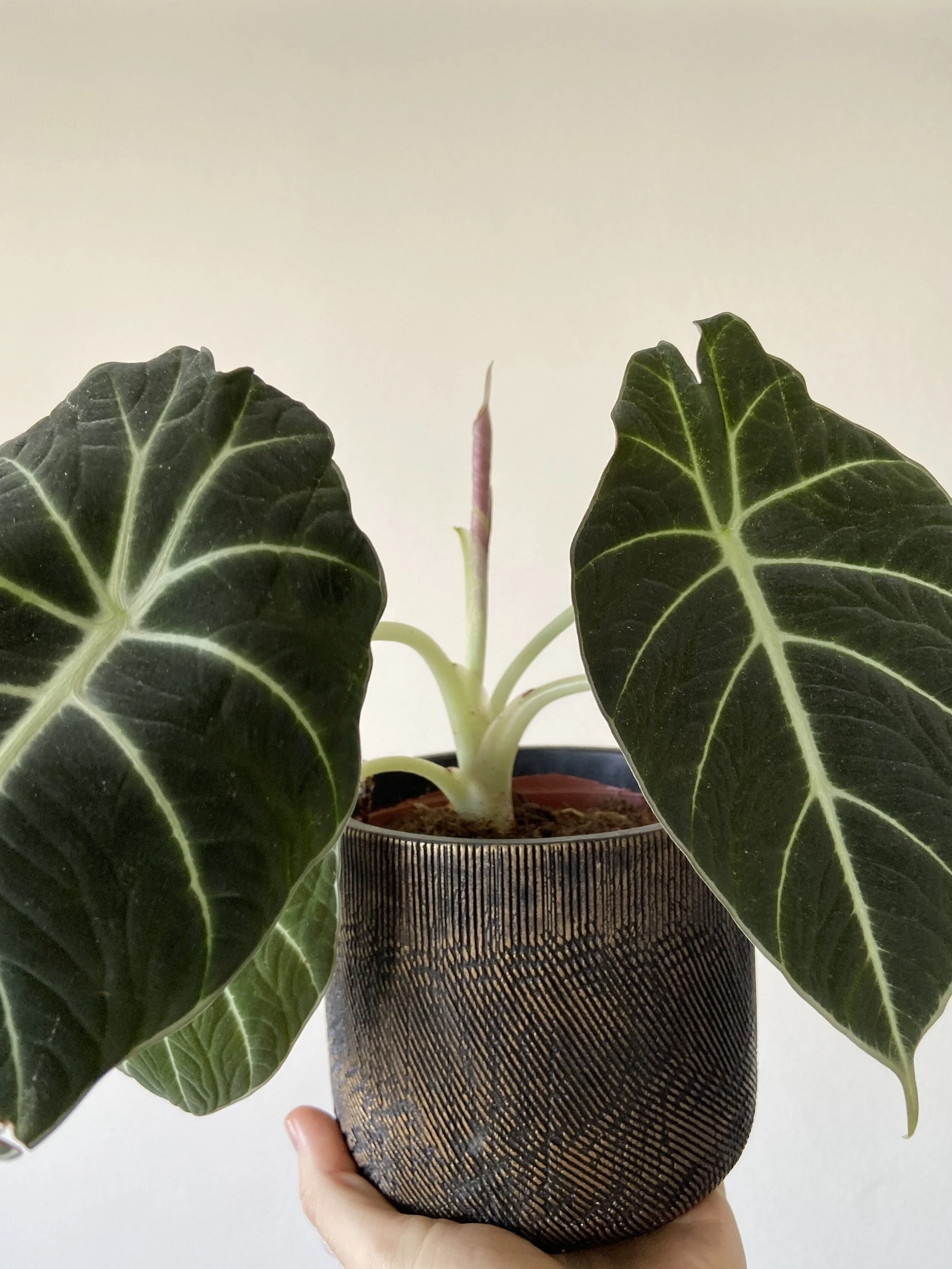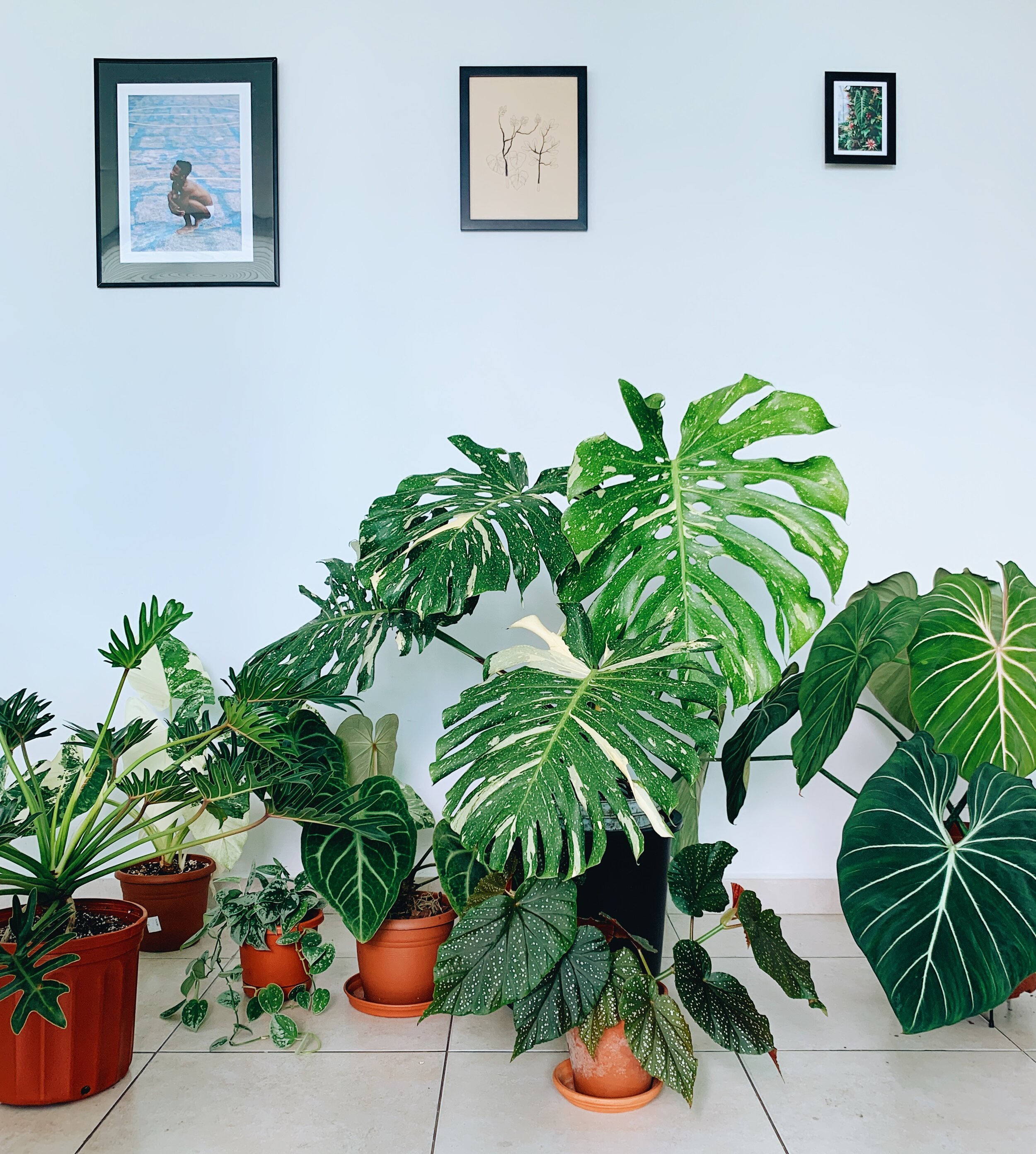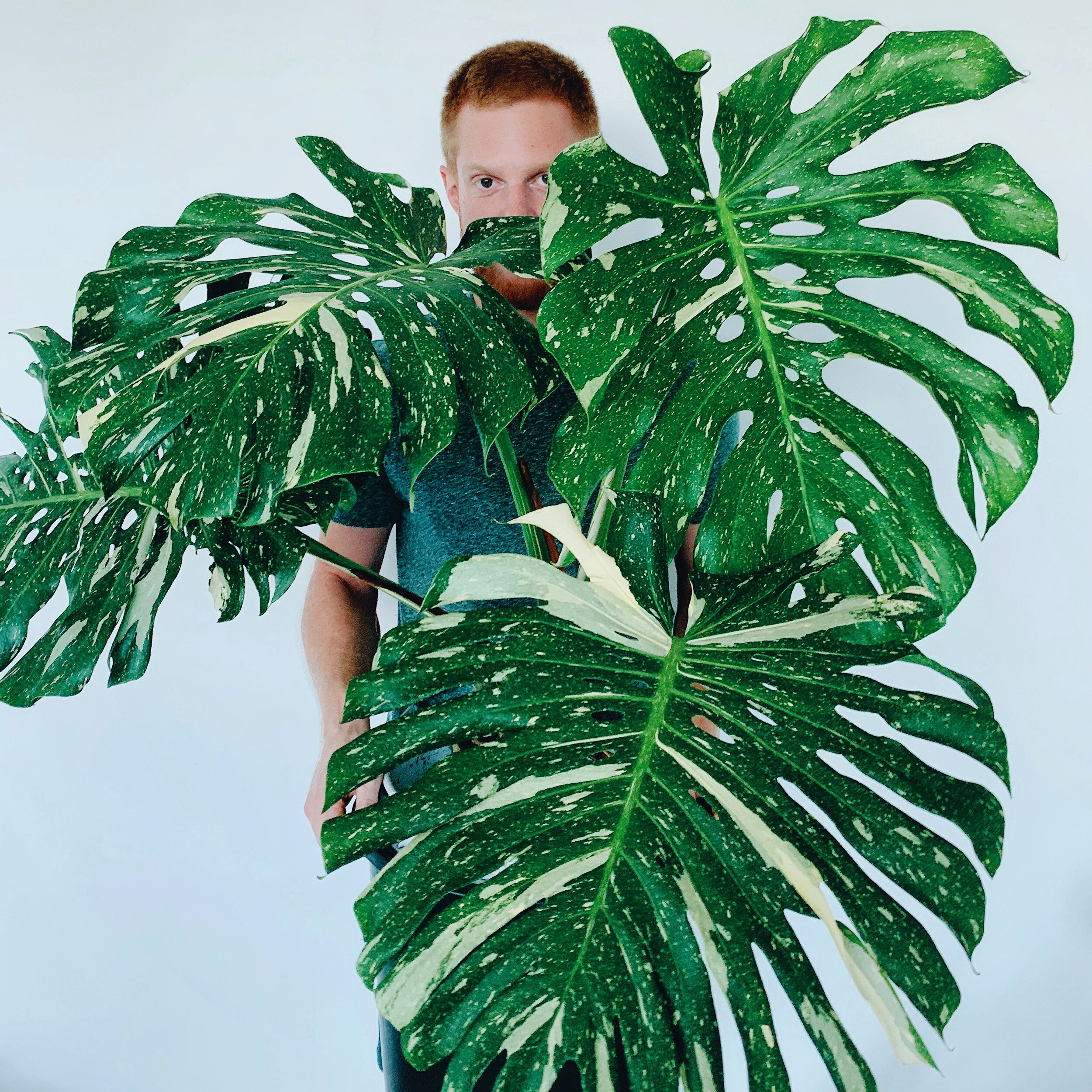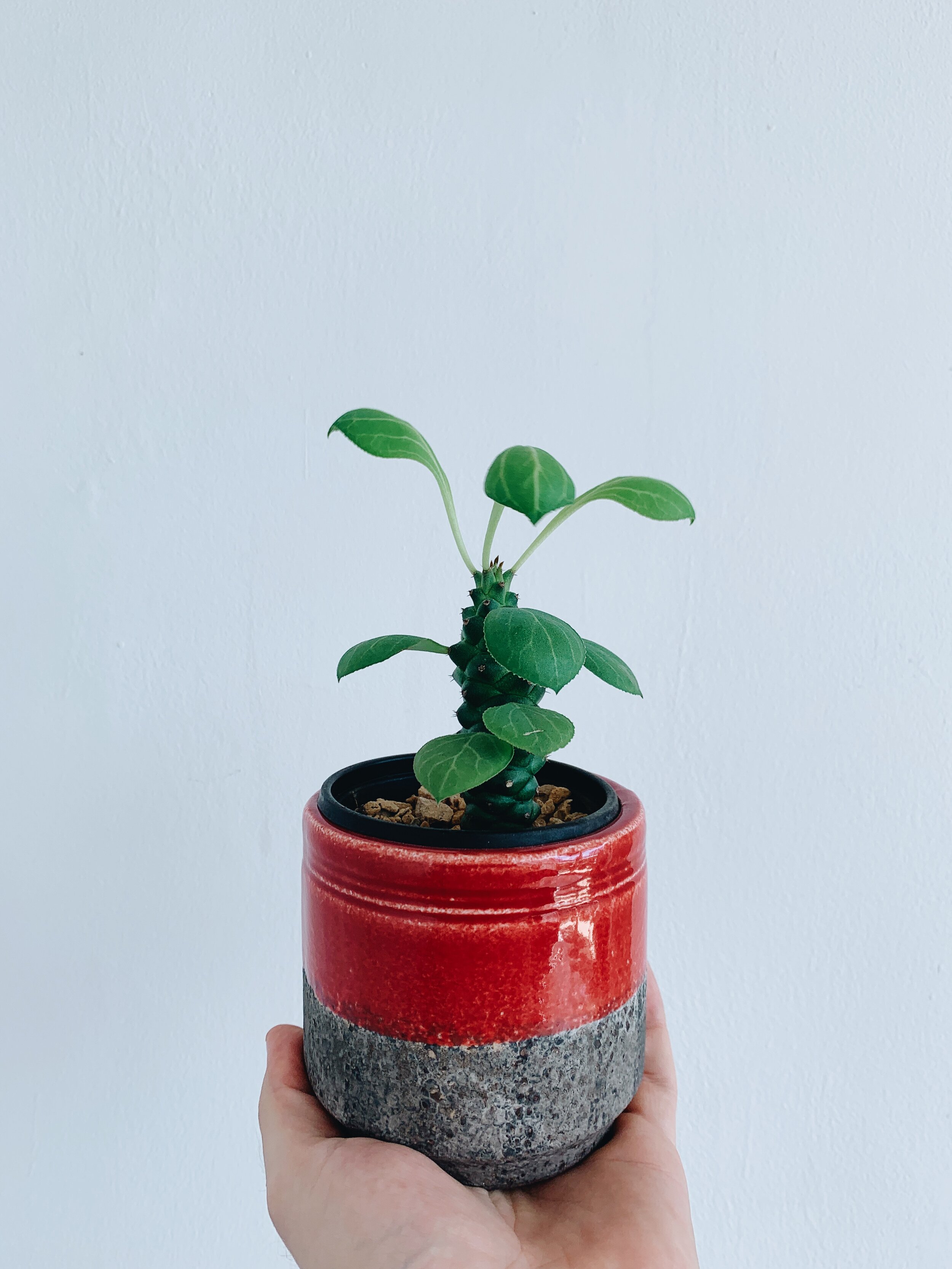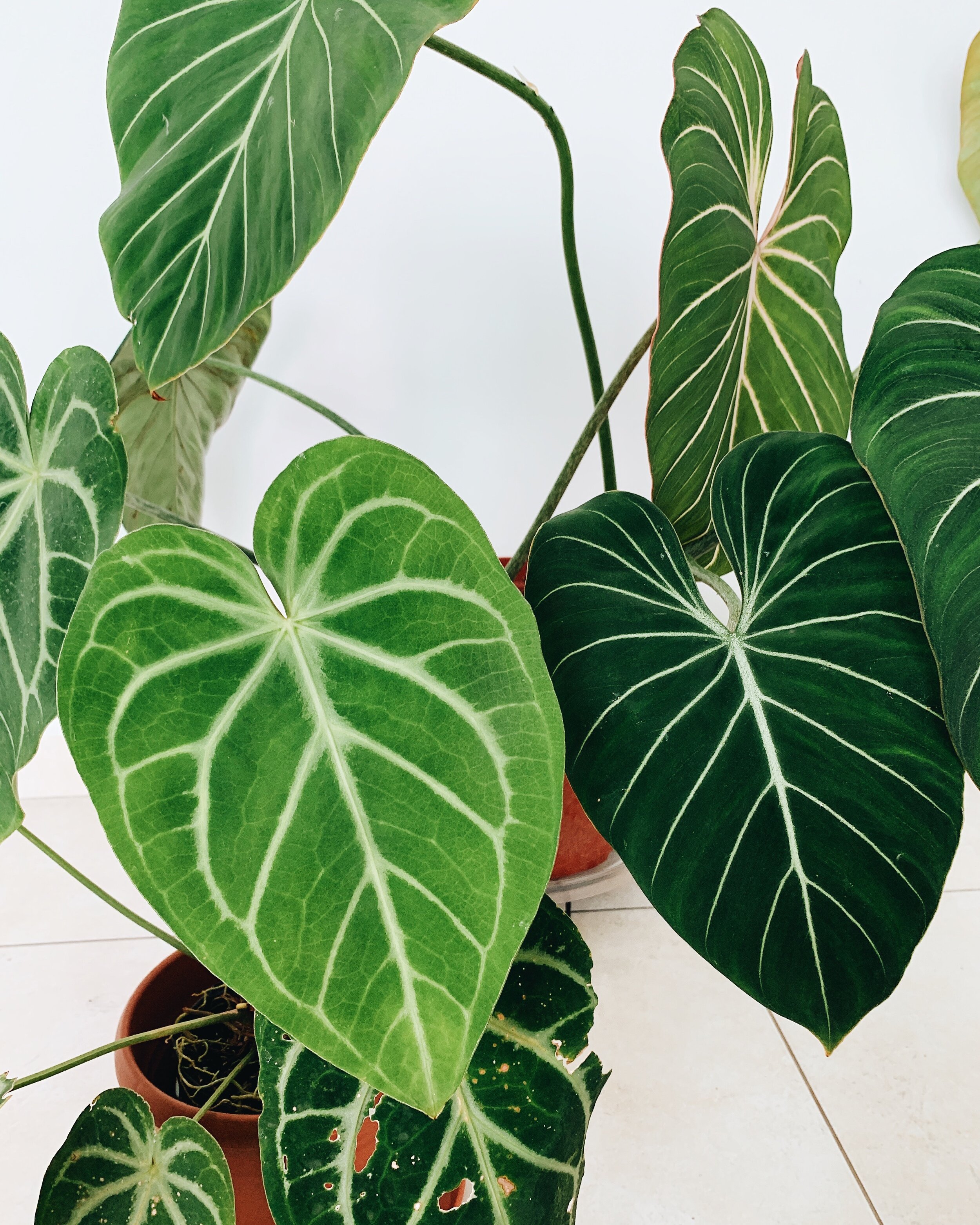perfume can be basically anything. it can be sweet, dry, cold, sharp, make you think of your grandmother, clean laundry or even cat pee or a farm. perfume can also be incredibly sexy. in this post i’m highlighting 5 very different and very sexy perfumes. this is in no way a list of the sexiest fragrances in the world, but they might be the top 5 sexiest fragrances i own!
atractone musk is one of the latest releases from @ramonmonegal. this fragrance is a complex white floral arrangement, with a sweaty cumin and sweet raspberry making the bouquet quite animalic. this dirty and musky nature forms a second skin on my body, not to be confused with a skin scent, because atractone is bigger than that. it’s radiant and alive, and similarly to faïsa, another great scent from the brand, atractone is chameleon-like and ever changing.
the seductive and sensual aspects of atractone hover above me like a halo, with a powerful grip on whoever dares to approach. there’s a retro feel to this scent, and from what i understand that’s the type of musky fragrance that ramon monegal wanted to honor when he created this modern yet classic and old fashioned perfume. in other words, he absolutely succeeded!
akaba by @antonioviscontiparfume is an opulent tobacco fragrance, heavy on the tonka and woody notes. it also has a surprising note of licorice, which makes the scent absolutely fantastic. akaba is composed in such a beautiful way. every note compliments the next, and nothing is unnecessary or out of place. even though honey isn't listed as a note, this is definitely honey-centered and sweet, but never sickly or cloying. i think this might be my favorite tobacco perfume ever.
akaba is a heavily concentrated and strong perfume, with almost syrupy qualities even though it's a sprayer and not an oil or attar. i consider it one of my top fragrances, that's how good i think it is!
quality of flesh by @homoelegansperfumes is a heady, beastly and incredibly sexy perfume. this is animalic, erotic, and naughty leather at its absolute best. the castoreum, civet and styrax makes it sultry and skanky, some might even say fecal at times. the notes of juniper berries and pepper give the fragrance a spicy and pungent feel, and i envision having a strong drink in a seedy and dark gay bar for some reason. this can be a demanding perfume, and it's certainly not for everyone. i've also noticed it behaves very differently on different people, which is even more intriguing to me.
i once wore a lot of this perfume to a sold out @feverray concert and let me tell you, it was an experience. the venue was quite small, full of people, and it was in the middle of winter, meaning people weren't exactly wearing shorts and t-shirts. needless to say, it got pretty sweaty in there (as it should at a fever ray concert!) and i got quite a few looks...
people who enjoy patchouli 24 from le labo or cuir from mona di orio should like this one, as they share that smoky, spicy and kind of meaty sensation.
civet by @zoologistperfumes is on the very top shelf for me. whenever someone asks me about my favorite perfumes, civet is always one that comes to mind. this is what i reach for when i want to feel truly extra. and do i get compliments wearing this? every! damn! time!
what a masterpiece of a fragrance, created by perfumer shelley waddington (also behind zoologist bestseller hummingbird).
an intriguing adventure, an old world safari on the savannah, a special evening in the sun. civet is fruity, spicy, musky, ambery, musty, animalic and resinous all at once, and it shows no signs of slowing down. this lasts for 24 hours, sometimes even longer. it definitely works better in colder weather, but no one could stop me from wearing it in the hottest summer either! and it is sooo sooo sexy.
you can read my review of mystic sugar from @coreterno in my previous post about vanilla perfumes.
what are your sexiest fragrances? let me know in the comments on by sending me a message on instagram!



















